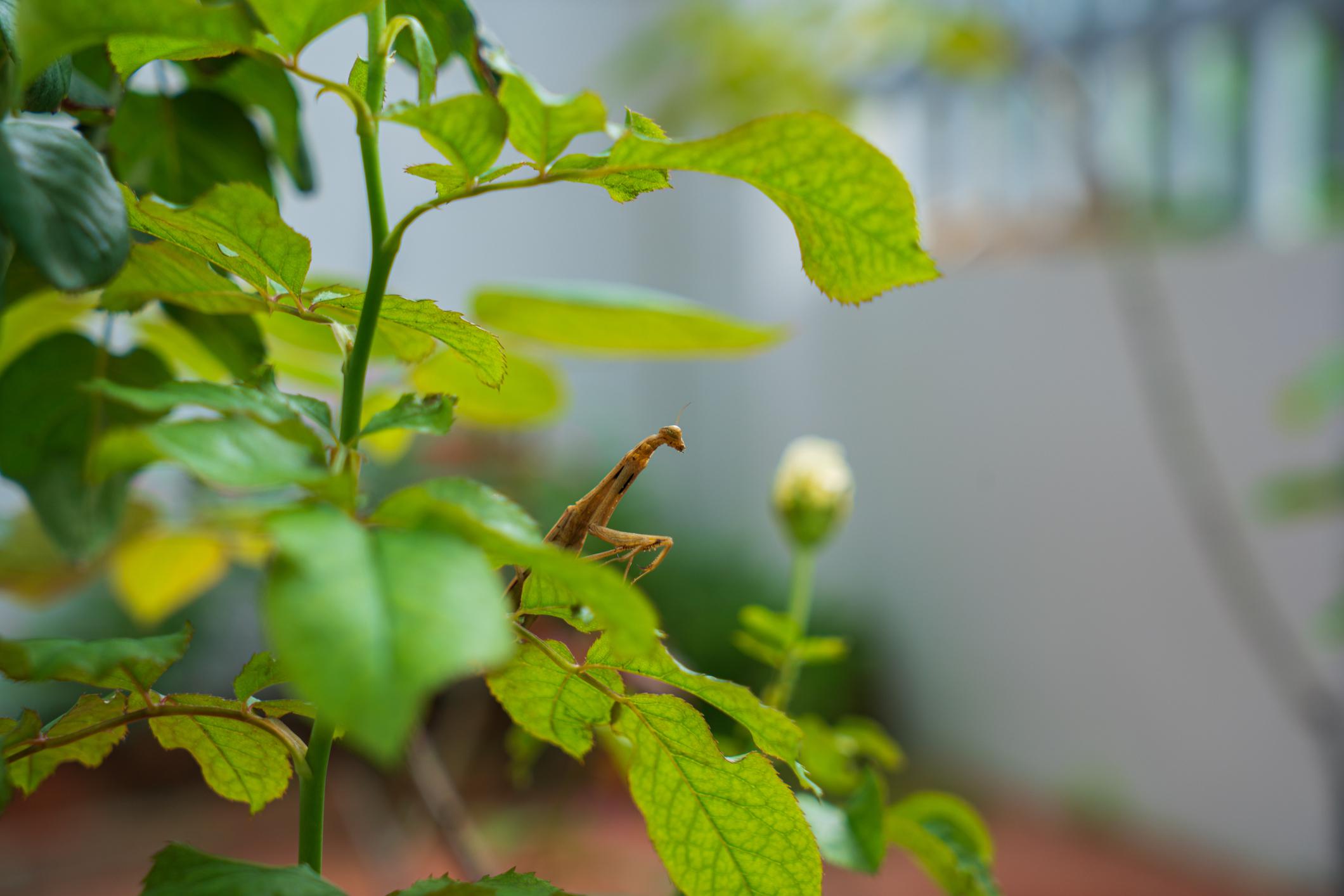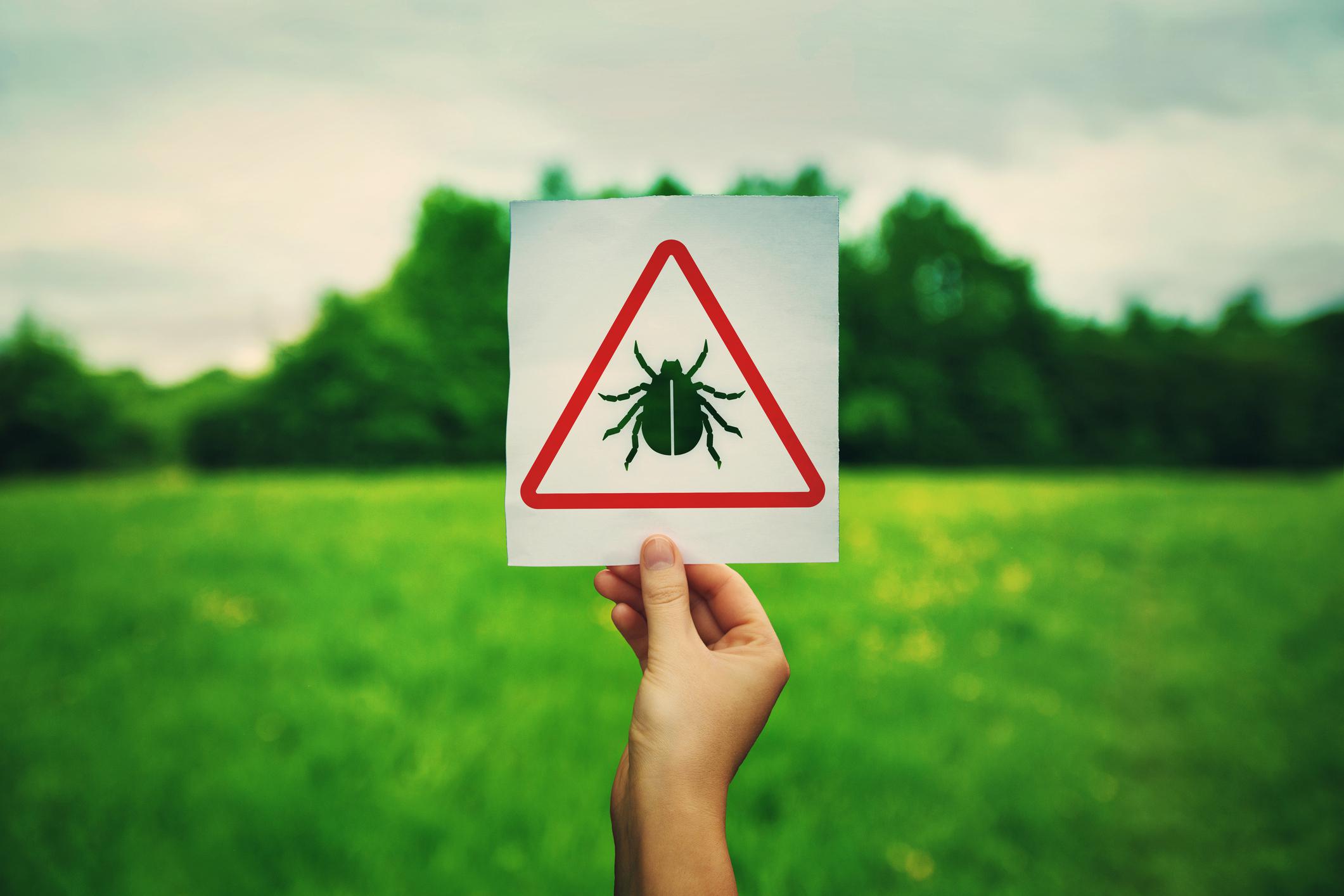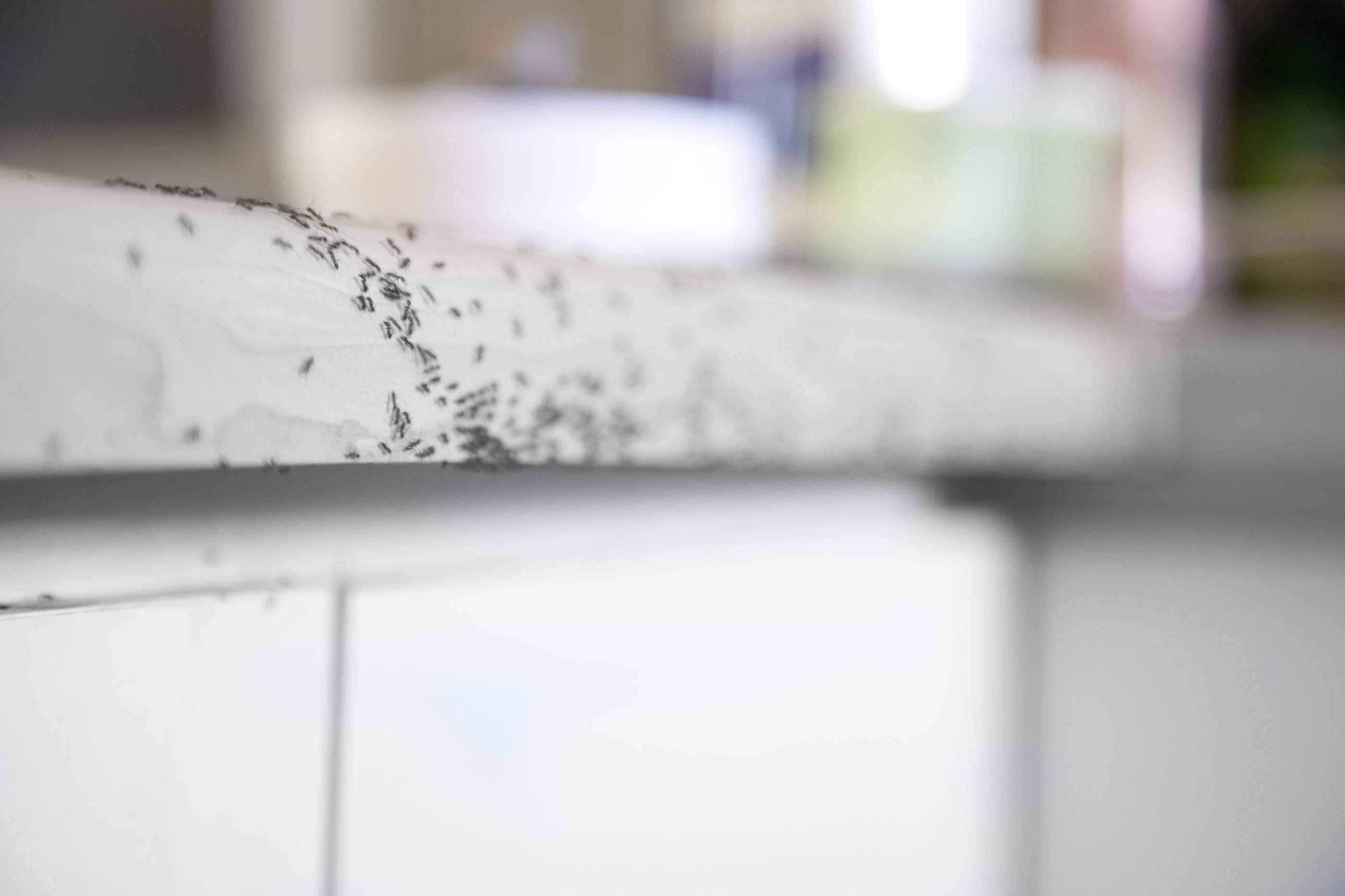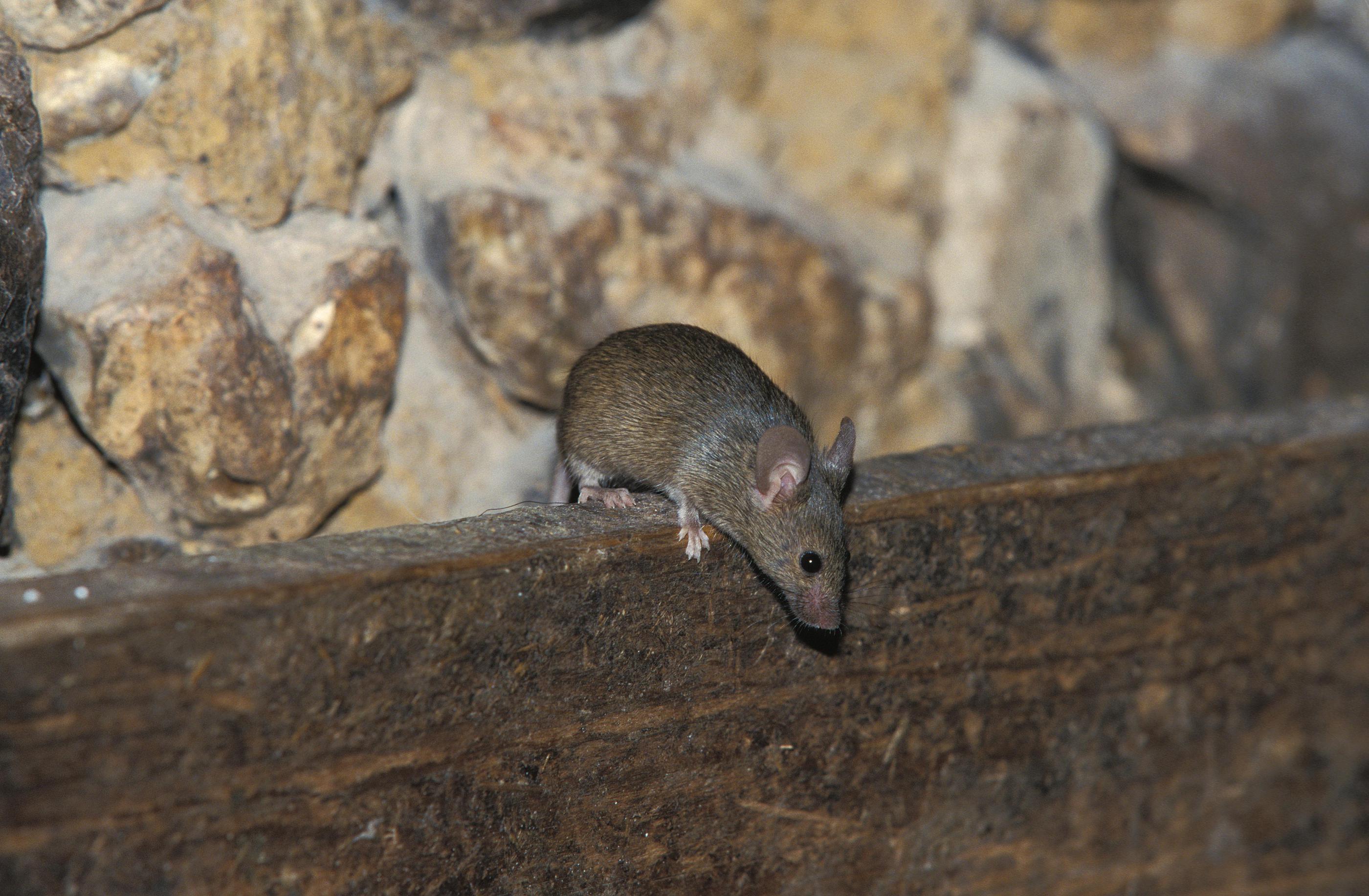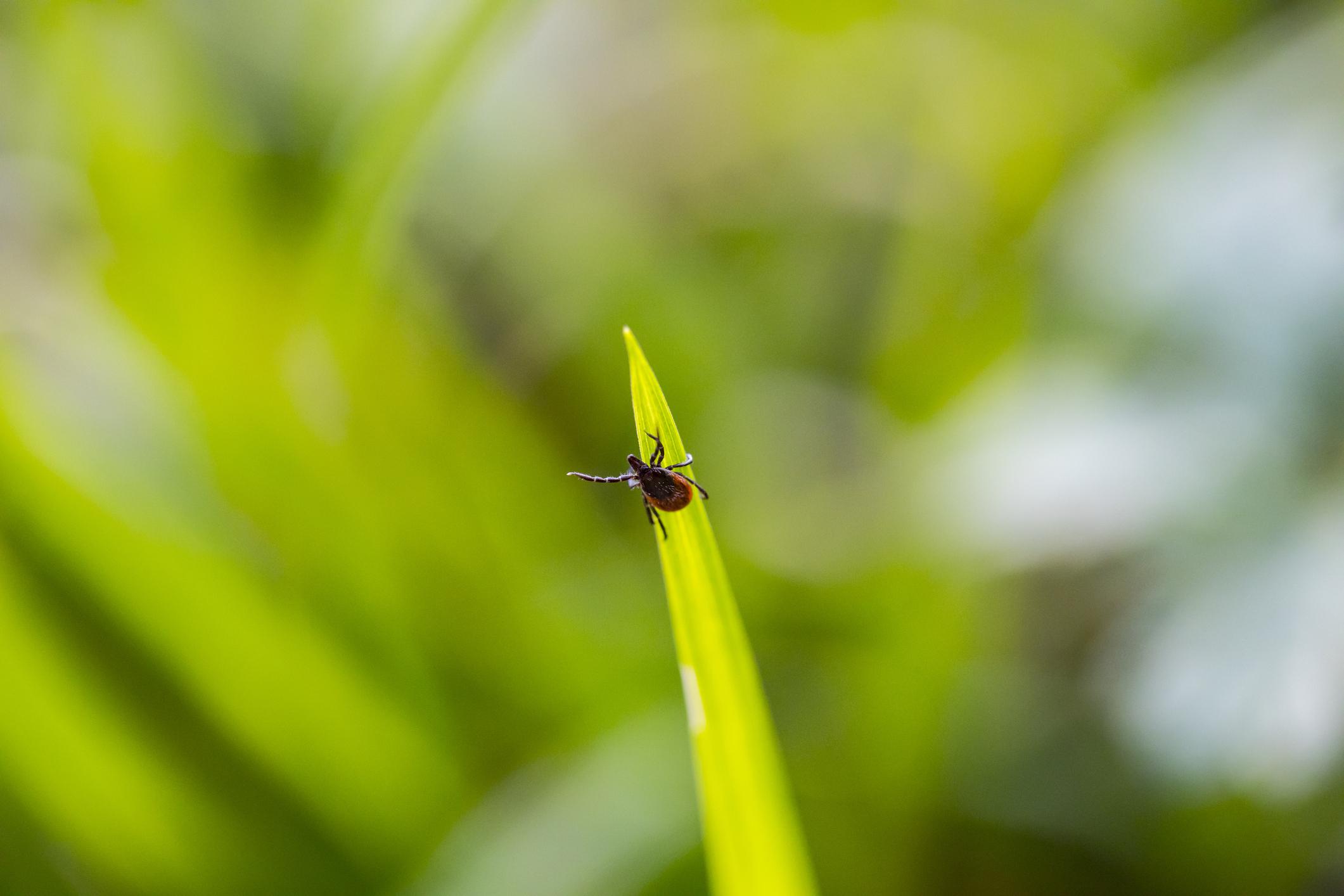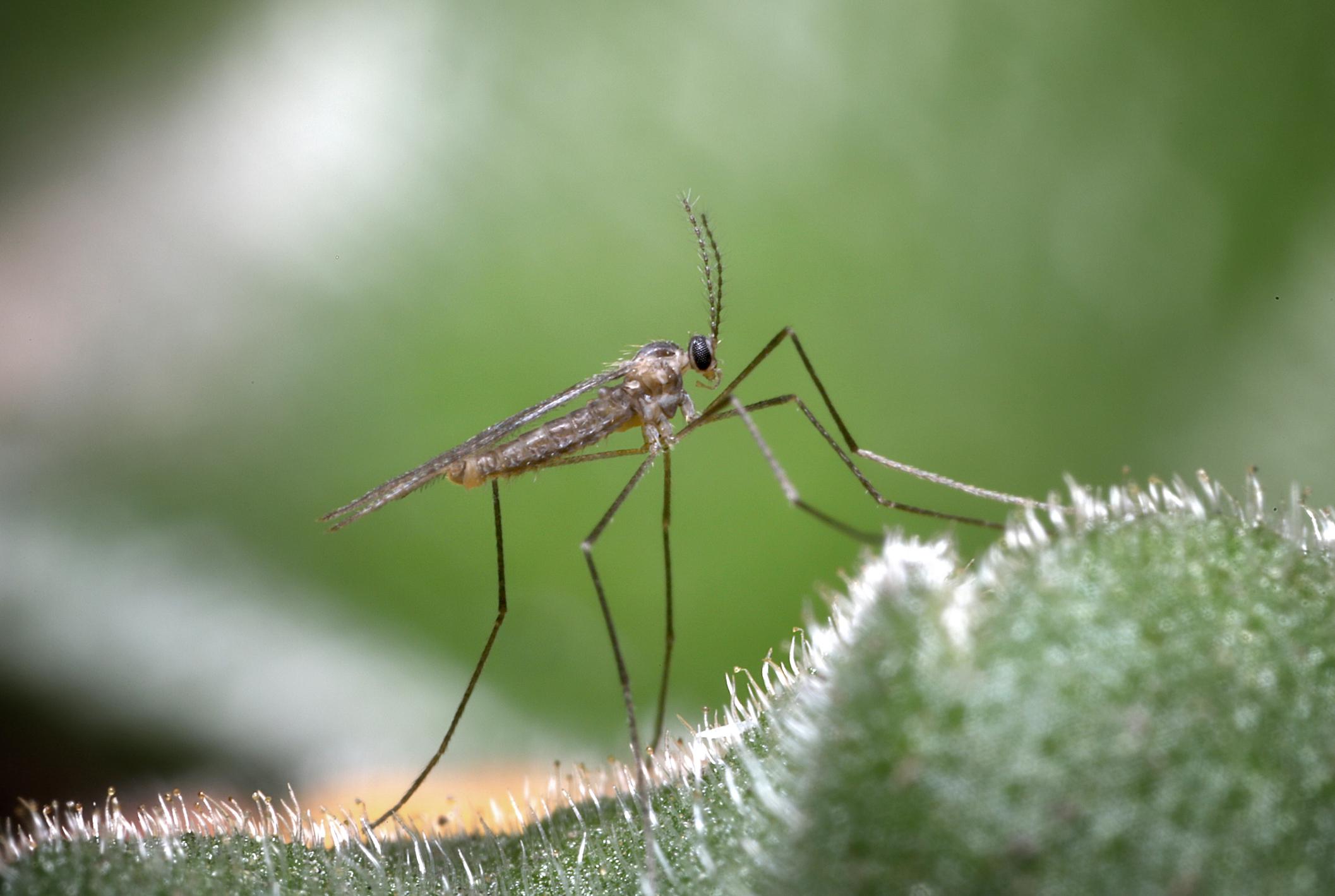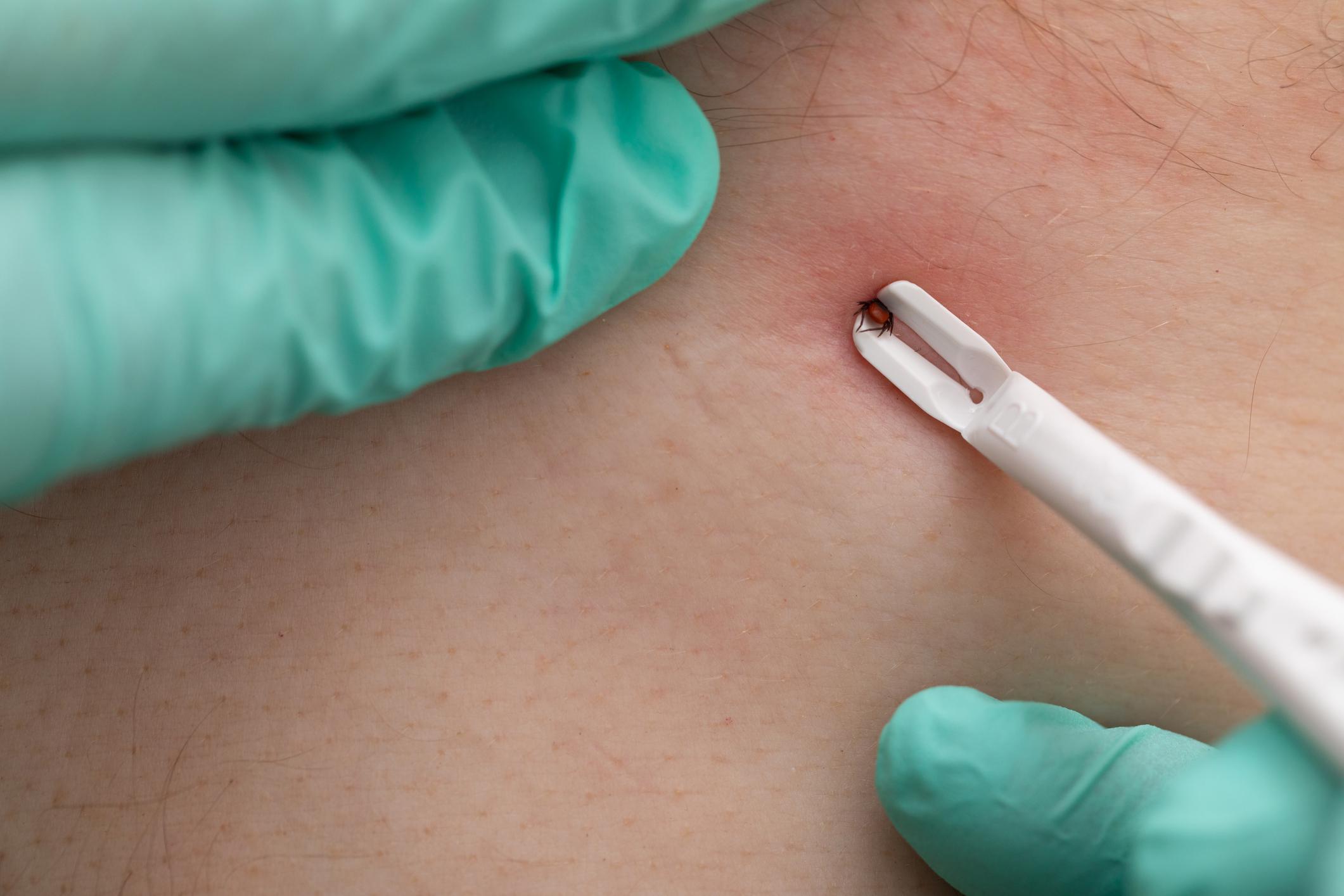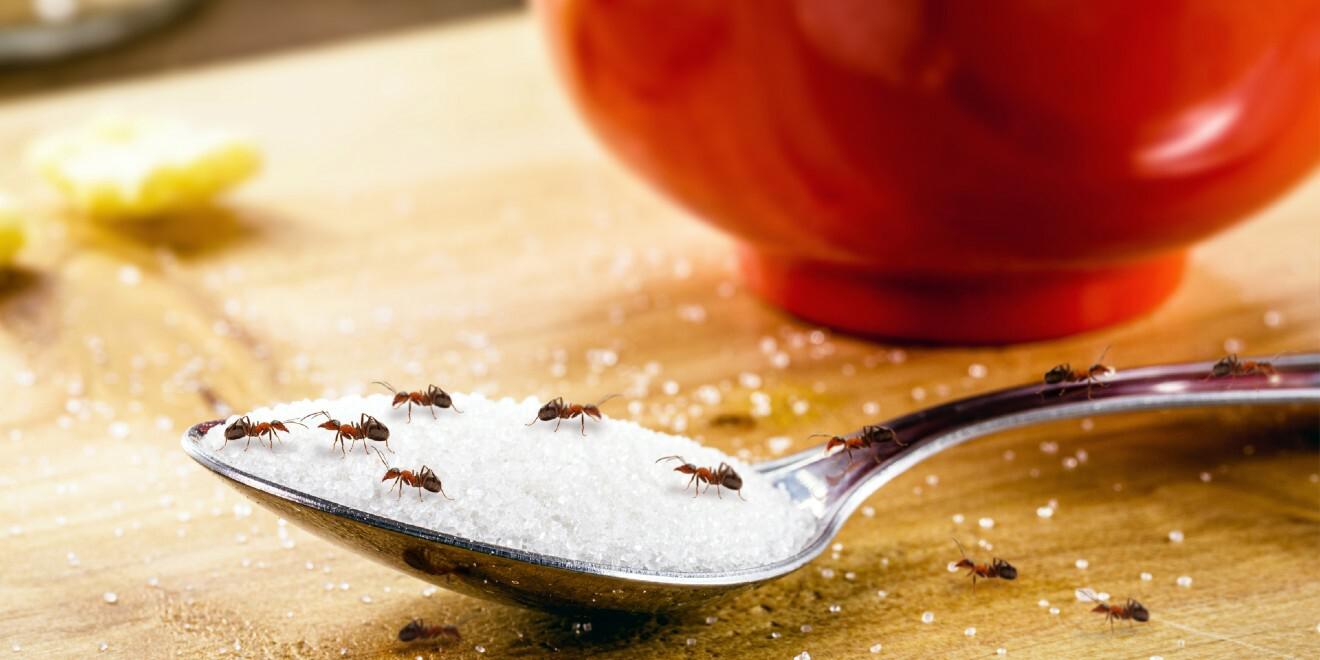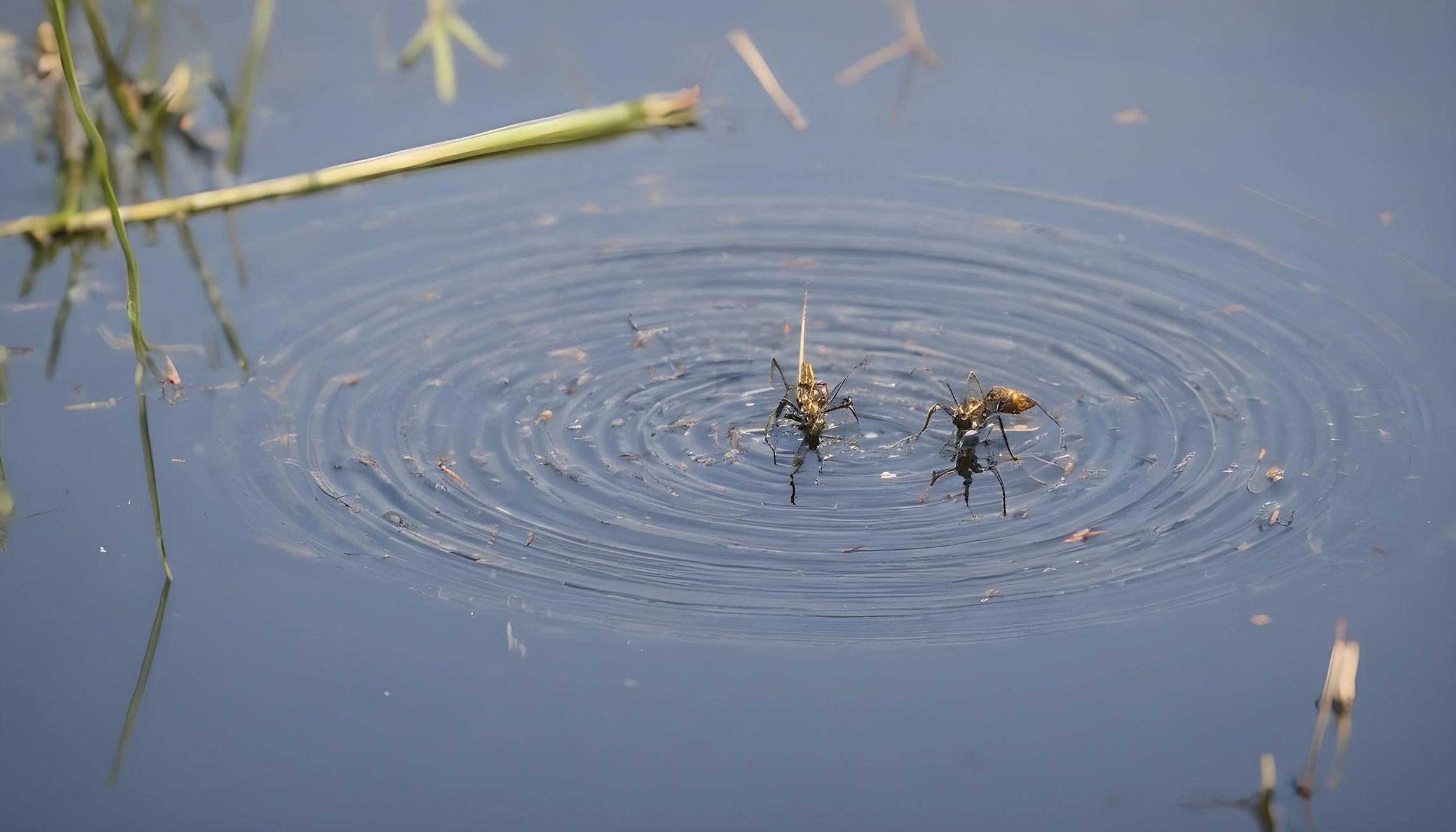Discover the Reasons Behind Black Crepe Myrtles and How to Solve the Problem
Posted by Mosquito Squad
December 20, 2023

Crepe myrtles are beloved trees for their beautiful, showy flowers that bloom in the summer. But what if the leaves on your crepe myrtles turn black? This is a common issue for many crepe myrtle owners, and it's important to identify the cause in order to save the tree.
There are several reasons why crepe myrtles can turn black. The most common cause is a fungal disease called sooty mold, which grows on the sticky residue left behind by sucking insects like aphids. This black mold covers the leaves, blocking the sunlight and causing damage to the tree. Another cause is a bacterial disease called bacterial leaf spot, which causes black spots on the leaves and can lead to defoliation.
To solve the problem, it's important to identify the root cause. For sooty mold, removing the insects that are causing the sticky residue is the first step. Pruning and removing affected leaves can also help prevent the spread of the disease. For bacterial leaf spot, removing affected leaves and applying a fungicide can help prevent the spread of the disease.
It's important to take care of black crepe myrtles as soon as possible in order to save the tree and prevent further damage. If you're not sure what's causing the black leaves, it's best to consult a professional. Mosquito Squad & Pest Control of Fort Worth provides a full range of pest control services, including treatments for common pests that can damage crepe myrtles. Contact us today to learn more about how we can help protect your trees and your home or business.

